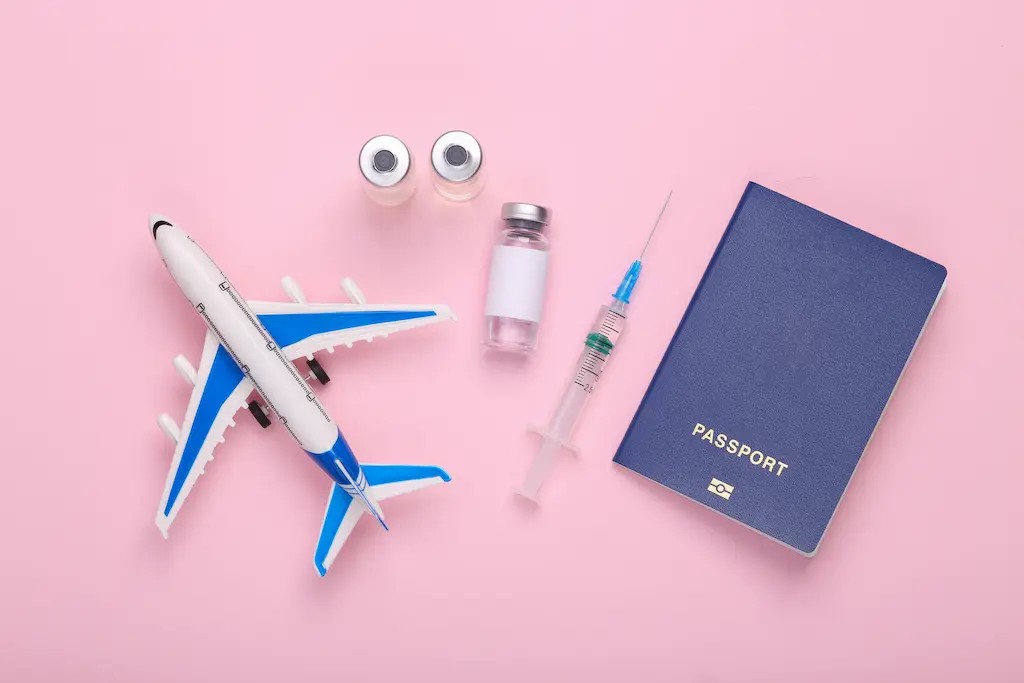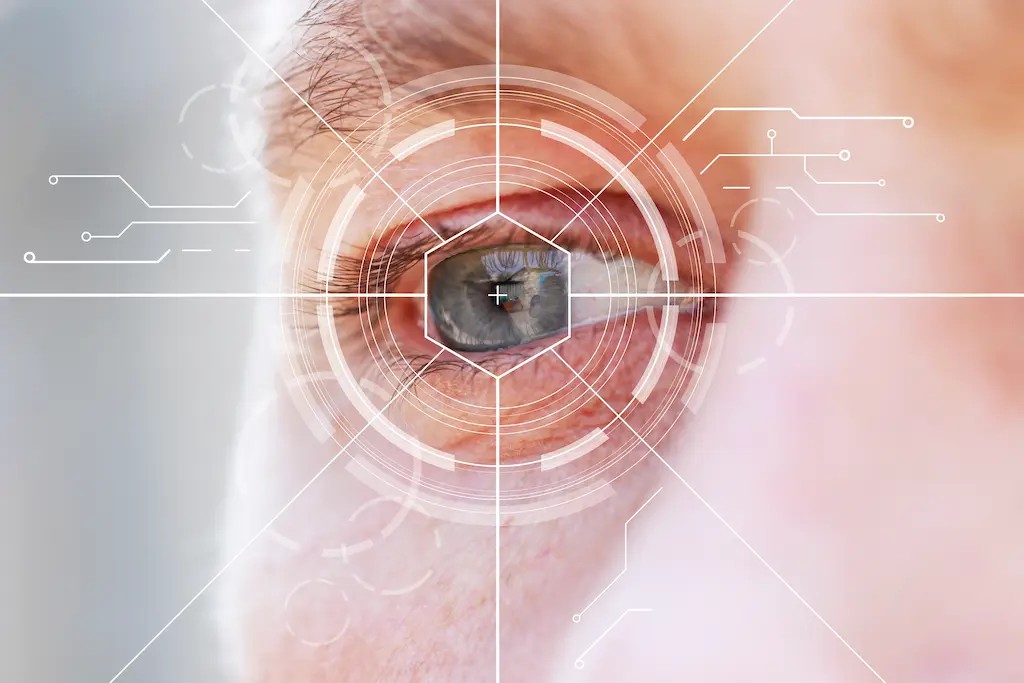Cataract surgery is a common and generally safe procedure that restores clear vision. If you’re planning cataract surgery and have upcoming travel, you’re likely wondering: “How Soon Can I Travel After Cataract Surgery?” The good news is that, in most cases, air travel is permissible shortly after the procedure.
 Woman smiling after cataract surgery, indicating the possibility of travel
Woman smiling after cataract surgery, indicating the possibility of travel
This comprehensive guide explores the factors influencing post-operative travel, offering insights to ensure a safe and comfortable journey.
Understanding Post-Cataract Surgery Travel
Generally, there are no strict medical restrictions preventing air travel after uncomplicated cataract surgery. However, individual cases vary. Consulting with your ophthalmologist is crucial to determine the best course of action based on your specific health condition and recovery progress.
A key exception: Air travel is not recommended immediately following detached retina surgery involving gas bubble injection. Pressure changes during flights can cause the gas bubble to expand, potentially harming the eye. You must wait until your doctor confirms the gas bubble has dissipated before flying.
Key Considerations for Traveling After Cataract Surgery
Several factors can influence your comfort and safety when traveling after cataract surgery:
Dry Eyes and Air Travel
Dry eye is a common side effect of cataract surgery. This is due to factors like the antiseptic used during surgery, preservatives in post-operative eye drops, reduced tear production, or temporary disruption of the ocular surface. Air travel exacerbates dry eye because airplane cabins have very low humidity, leading to discomfort such as burning, aching, a gritty feeling, and blurred vision.
To mitigate dry eye during air travel:
- Use Artificial Tears: Apply preservative-free artificial tears frequently, even hourly, to keep your eyes lubricated.
- Stay Hydrated: Drink plenty of water before, during, and after your flight to prevent dehydration.
- Adjust Air Vents: Close or redirect air vents to avoid direct airflow towards your face and eyes.
If dry eye symptoms persist or worsen, consult your eye doctor about potential dry eye therapies.
The Importance of Post-Operative Care
Adhering to your ophthalmologist’s post-operative care instructions is paramount for a successful recovery and safe travel. Typically, follow-up appointments are scheduled the day after surgery and again within the following two weeks to monitor healing and detect any potential complications.
 Doctor examining a patient's eye after cataract surgery
Doctor examining a patient's eye after cataract surgery
Communicate any travel plans to your doctor, allowing for adjustments to your appointment schedule. Strictly follow instructions regarding eye drop usage and protective measures like wearing a sleep mask. Contact your surgeon promptly with any concerns about traveling or engaging in activities shortly after surgery.
Travel Insurance Considerations
While cataract surgery generally doesn’t affect travel insurance, it’s essential to review your policy or contact your provider. Some policies may have specific waiting periods after surgery before coverage applies. Others might exclude medical expenses related to cataract surgery.
Access to Medical Care
While many people experience a return to normal vision within 24 hours, full recovery from cataract surgery typically takes four to six weeks. During this period, maintaining cleanliness and adequate lubrication of the eye is crucial.
While complications are rare, symptoms like worsening vision, redness, or pain should be addressed immediately. Delaying treatment can lead to permanent vision loss. Therefore, avoid traveling to remote areas with limited access to medical care during the initial recovery phase. Well-developed cities offer easier access to ophthalmology professionals if needed.
Practical Tips for Flying After Cataract Surgery
To ensure a smooth and comfortable flight after cataract surgery, consider these tips:
- Consult Your Doctor: Discuss your travel plans with your ophthalmologist and ask about potential post-operative symptoms.
- Allow for Recovery Time: If possible, stay home for a few days following surgery to minimize potential complications.
- Attend Follow-Up Appointments: Prioritize attending scheduled follow-up appointments to ensure proper healing.
- Take Naps: Sleep during the flight to prevent your eyes from drying out.
In Conclusion: Planning Your Trip After Cataract Surgery
Generally, flying is safe after cataract surgery, often as soon as 24 hours after the procedure. However, prioritizing appropriate follow-up care, adhering to your doctor’s instructions, and taking necessary precautions, especially concerning dry eye, are crucial for a successful recovery and enjoyable trip. Consulting your ophthalmologist remains the best way to ensure your travel plans align with your individual recovery needs.